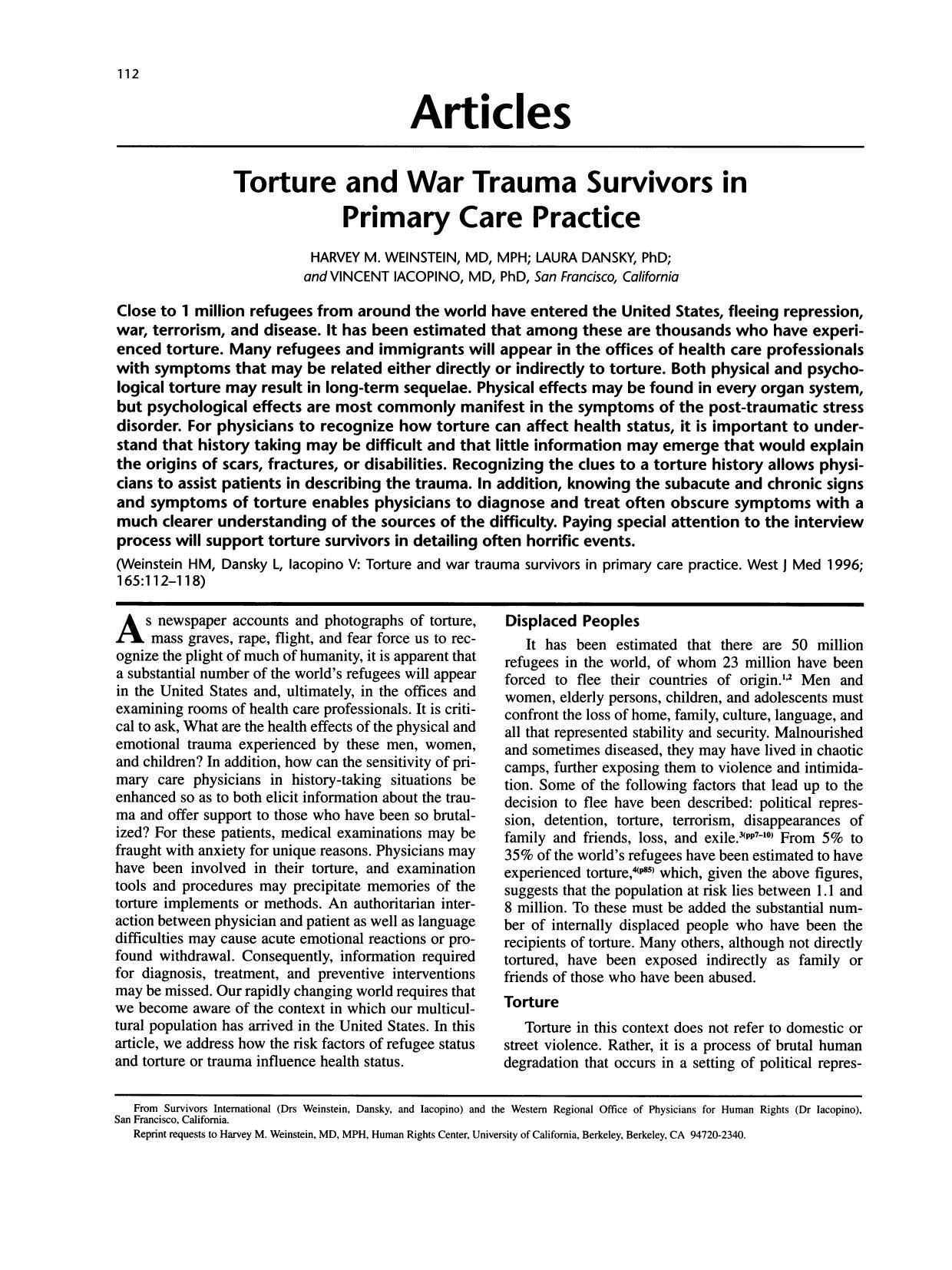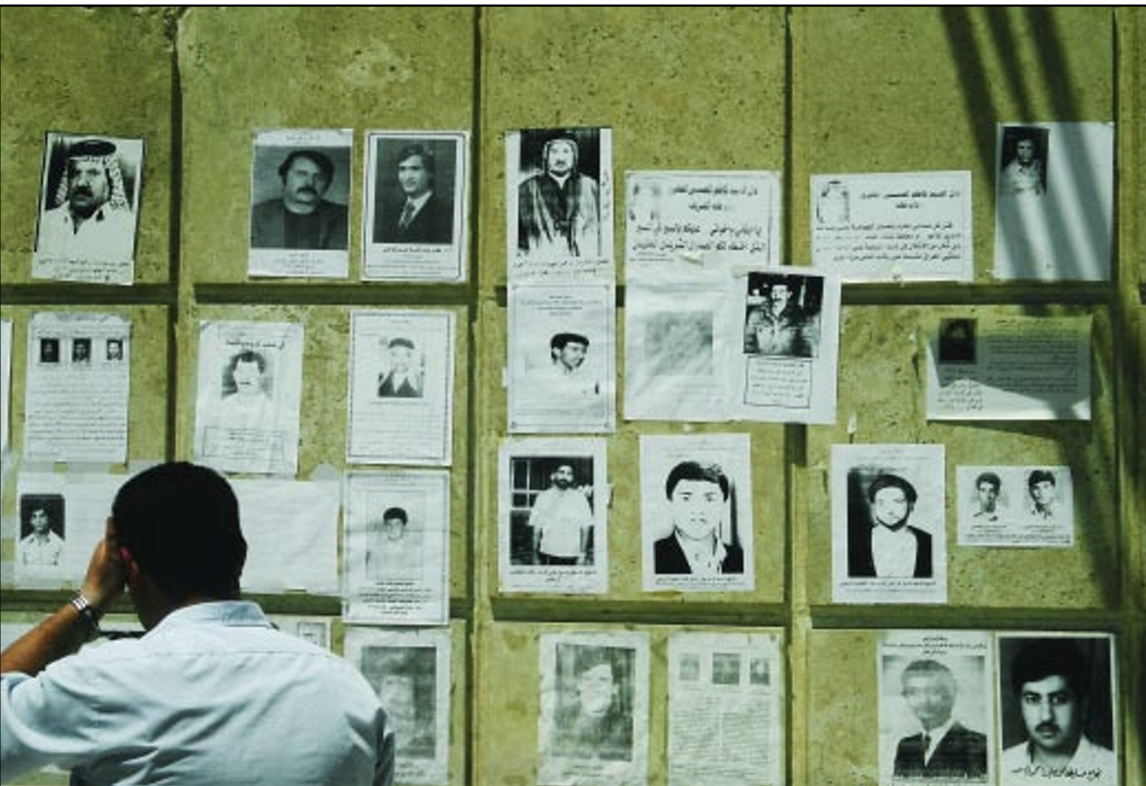Torture and War Trauma Survivors in Primary Care Practice
Download PDFSummary
Close to 1 million refugees from around the world have entered the United States, fleeing repression, war, terrorism, and disease. It has been estimated that among these are thousands who have experienced torture. Many refugees and immigrants will appear in the offices of health care professionals with symptoms that may be related either directly or indirectly to torture. Both physical and psychological torture may result in long-term sequelae. Physical effects may be found in every organ system, but psychological effects are most commonly manifest in the symptoms of the post-traumatic stress disorder. For physicians to recognize how torture can affect health status, it is important to understand that history taking may be difficult and that little information may emerge that would explain the origins of scars, fractures, or disabilities. Recognizing the clues to a torture history allows physicians to assist patients in describing the trauma. In addition, knowing the subacute and chronic signs and symptoms of torture enables physicians to diagnose and treat often obscure symptoms with a much clearer understanding of the sources of the difficulty. Paying special attention to the interview process will support torture survivors in detailing often horrific events.

